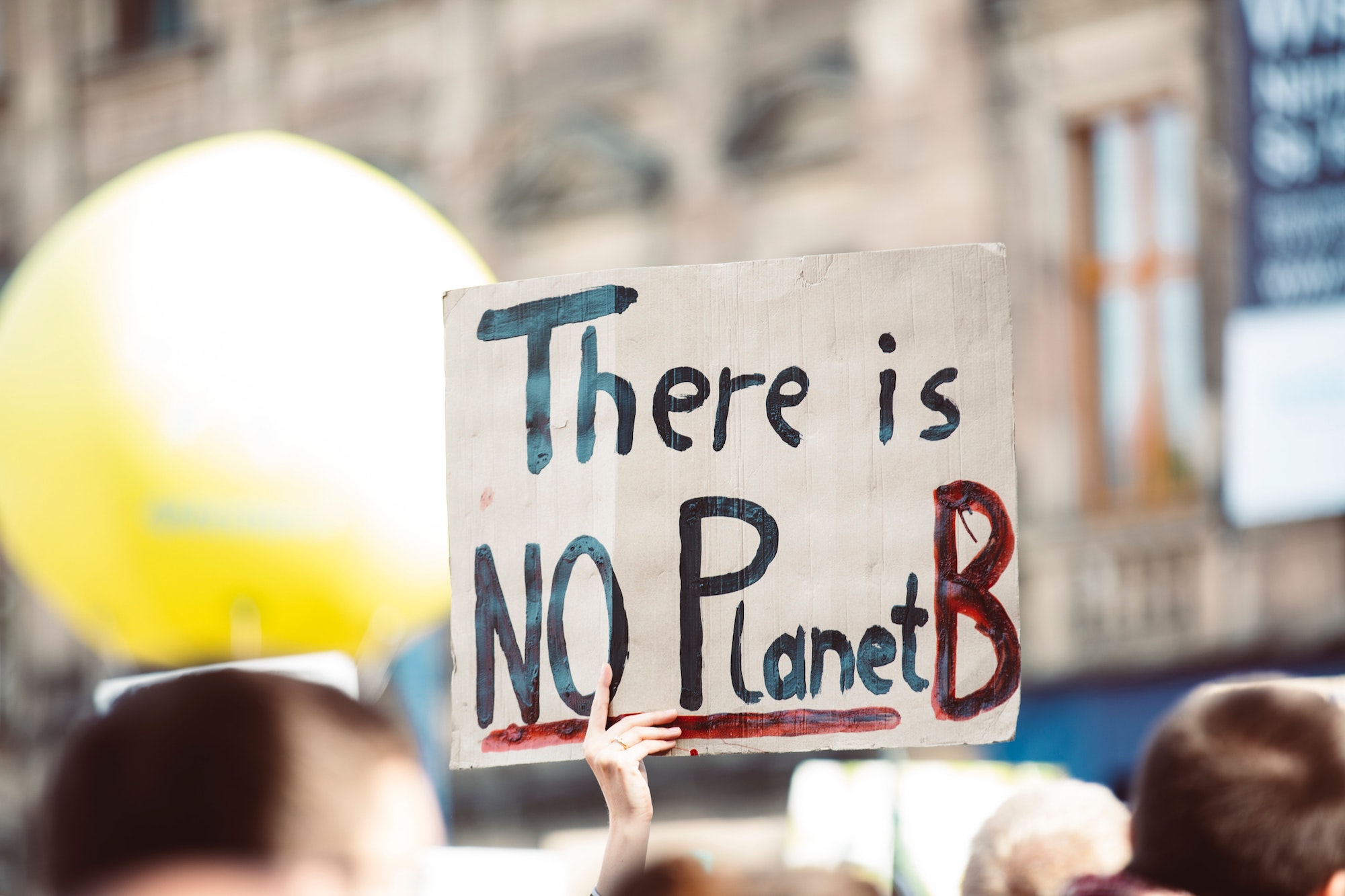AESA PROGRAMMES
- Building R&D Infrastructure
- Developing Excellence in Leadership, Training and Science in Africa (DELTAS Africa)
- Human Heredity and Health in Africa (H3Africa)
- Africa’s Scientific Priorities (ASP)
- Innovation & Entrepreneurship
- Grand Challenges Africa
- Grand Challenges Innovation Network
- Rising Research Leaders/Post-Docs
- AESA RISE Postdoctoral Fellowship Programme
- African Postdoctoral Training Initiative (APTI)
- Climate Impact Research Capacity and Leadership Enhancement (CIRCLE)
- Climate Research for Development (CR4D)
- Future Leaders – African Independent Research (FLAIR)
- Critical Gaps In Science
- Clinical Trials Community (CTC)
- Community & Public Engagement
- Mobility Schemes: Africa-India Mobility Fund
- Mobility Schemes: Science and Language Mobility Scheme Africa
- Research Management Programme in Africa (ReMPro Africa)
- Science Communication/Africa Science Desk (ASD)
- Financial Governance: Global Grant Community (GGC)
- AAS Open Research
- CARI Programmes
- Evidence Leaders Africa (ELA)

News
Climate change to cause abrupt species loss this century

162
Climate change to cause abrupt species loss this century
What will the world’s biodiversity look like in the future? According to a new study the disruption of biodiversity from climate change on land and in the oceans will be abrupt and could be much sooner than we had expected, potentially affecting tens of thousands of species.
“If we continue on our high emissions pathway, then absolutely, abrupt collapses might happen much earlier than we thought. Generally, people think it’s going to be bad in 2100, but this study showed it could be as soon as 2030,” said Dr Christopher Trisos, senior researcher at the African Climate & Development Initiative at the University of Cape Town.
The paper published today in Nature outlines that in many places around the world, a high percentage of species will be exposed to potentially dangerous climate conditions simultaneously, potentially leading to sudden and catastrophic die-offs of biodiversity. Under a scenario of high greenhouse gas emissions*, such abrupt exposure events are forecast to begin before 2030 in tropical oceans and spread to tropical forests and temperate regions by the 2050s.
What surprised Trisos and his co-authors Dr Cory Merow (University of Connecticut) and Dr Alex Pigot (University College London) the most, “was how much biodiversity is at risk in the first half of this century, and that the risk of collapse at any single location doesn’t accumulate gradually but can go from low risk to high risk within a decade.”
“It’s not a slippery slope, but a series of cliff edges, hitting different places at different times.”
The team used annual projections from climate models of temperature and precipitation – rain, snow, sleet, etc. – from 1850 to 2100 across the ranges of more than 30 000 species of birds, mammals, reptiles, amphibians, fish and other animals. They did this to estimate the timing of their exposure to potentially dangerous climate conditions.
The scientists calculated that if we can keep global warming to below 2 °C, we can expect less than 2% of animal communities globally to experience abrupt exposure. But the risk accelerates with the magnitude of warming, and it is similar for species in protected and unprotected areas. It also shows that entire ecosystems – and not just individual species – could be under threat, putting people’s livelihoods at risk. Recent events such as mass bleaching of corals on the Great Barrier Reef suggest this is happening already.
The tropical Indian and Pacific oceans are most at risk for abrupt collapse of coral and fish communities. On land, animal communities in Indonesia, northern Australia, India, and the Amazon are at high risk. Within Africa extreme biodiversity loss could be seen earliest in the Sahel region, the Congolese rainforests and the tropical Indian and Atlantic oceans. Globally, abrupt ecological disruption is projected to spread from tropical ocean to land ecosystems as early as the 2040s under a high greenhouse gas emissions scenario.
“Billions of people depend on ecosystems for their livelihoods and vital nutrition. We fish on coral reefs. We depend on eco-tourism. We rely on healthy forests for carbon storage and water filtration. If there is a sudden collapse of these ecosystems in a single decade, you could lose most or all of these services. Your income is at risk. Your food security is at risk. Your mental and spiritual well-being could be at risk if those ecosystems are important for you culturally,” said Trisos.
In South Africa, several places are at particular risk of abrupt disruption to biodiversity in a high-emissions scenario including: the coast from Cape Agulhas to Mozambique, inland areas on the western side of the Western Cape province up to the Namibian border, the entire Northern Cape province and parts of the Free State.
The research indicates reducing emissions and delaying the onset of exposure to dangerous climate conditions, even if by a few decades, could buy valuable time for species to adapt, potentially reducing the magnitude of ecological disruption and catastrophic extinction of local biodiversity.
Dr Pigot said: “Keeping global warming below 2°C effectively ‘flattens the curve’ of how this risk to biodiversity will accumulate over the century, providing more time for species and ecosystems to adapt to the changing climate.”
Trisos hopes that the research will be a serious wake-up call for policymakers and other key players. “I’m hoping that showing how terrifyingly widespread and close in time the risk is for biodiversity globally will help lead us towards positive tipping points in our response to divest from fossil fuel and transition to renewable energy.”
ENDS
An interactive map of the research results is available at: https://climatehorizons.users.earthengine.app/view/biodiversity-risk
Full study: Trisos C et al. (2020) The projected timing of abrupt ecological disruption from climate change. Nature [DOI: 10.1038/s41586-020-2189-9]
Available online: https://www.nature.com/articles/s41586-020-2189-9